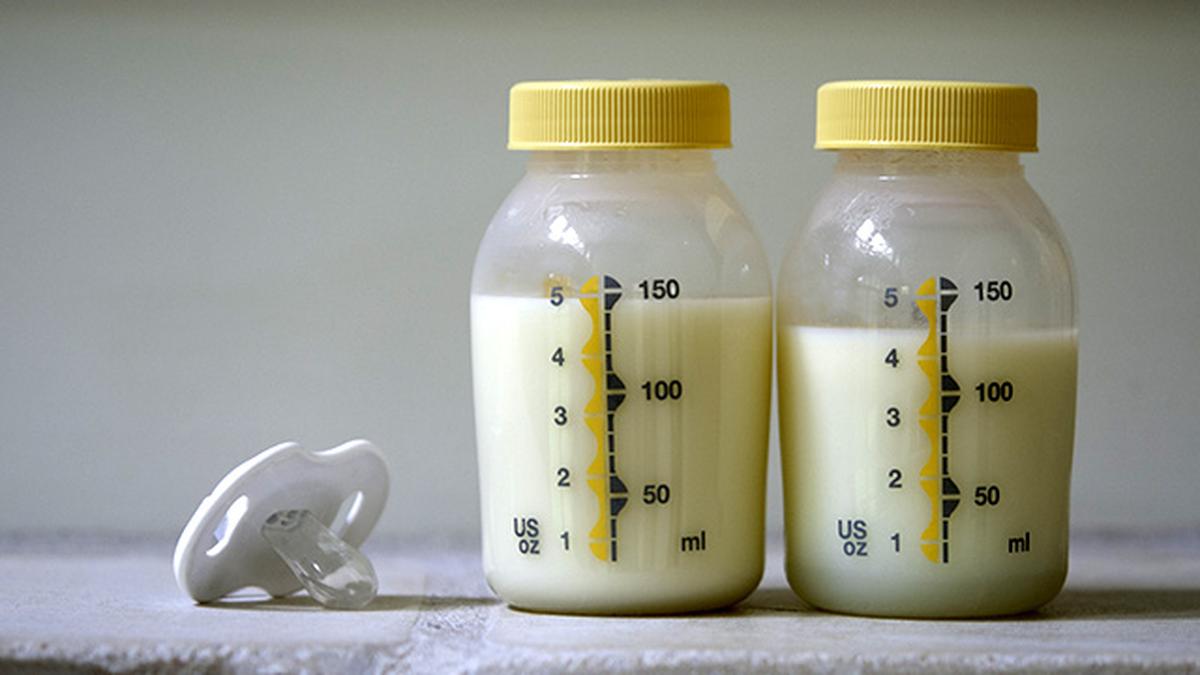
How investing in breastfeeding efforts can help save the environment | Explained Premium
The Hindu
Breastfeeding is a highly gendered work that is neglected and under-valued economically, but if recognised, infrastructure set up for the purpose can act as carbon offsets for sustainable food, health and economic systems, suggest researchers in a new paper.
Some truths are laced with tension. Commercial milk formula food, part of the multibillion-dollar baby food industry, are seen as economic growth planks, worthy of resource and recognition. It is another matter that the formula feeding frenzy is also linked to poor child and maternal health; it generates around 11-14 kilograms of greenhouse gas emissions (more than that of eggs, poultry, and vegetables combined); and uses more than 5,000 litres of water during its life cycle. In contrast, breastmilk is economically valuable, leaves a low carbon footprint, and is essential for well-being. Breastfeeding women nourish half the world’s infants and young children. No country, however, accounts for this care work in their GDP figures or national budgets.
(For top health news of the day, subscribe to our newsletter Health Matters)
A new challenge mounts against this exclusion. Global health researchers propose to recognise the simple fact that women contribute to sustainable food production, and breastfeeding infrastructures deserve to be invested in as ‘carbon offsets’. This radical reframing benefits not only “the populations in developing countries most burdened by the harms of the commercial milk formula industry”, but also acknowledges “the value of women’s breastfeeding efforts for mitigating greenhouse gas emissions”.
The report is part of a special issue of the Bulletin of the WHO. The research was led by Julie Smith from the Australian National University, and published in collaboration with Alive & Thrive at FHI 360 Global Nutrition, the University of Sydney, Munster Technological University, Auckland University of Technology, and the WHO.
The contention is two-fold. One, commercial milk formulas are a maladaptive practice in the context of emerging population and environmental crises. In contrast, breastfeeding is a renewable, economical and an B environmentally friendly natural resource, often neglected in sustainable food production and climate change. The current GDP-growth-based paradigm and food security statistics fail to account for the economic value of breastfeeding women in producing “vast quantities of highly valuable breastmilk”. Globally, 21.9 billion litres of human milk is annually lost because governments fail to invest in supporting breastfeeding. Breastfeeding is valued resourced but still under-valued, a dissonance the authors note in their proposal. “Caring for and nourishing children, including breastfeeding, is highly gendered work that is often ignored and under-valued economically,” co-author hPhillip Baker said..
Two, adequate recognition and resources through international climate change financing “can support new public investments in breastfeeding as a carbon offset, with significant gains and co-benefits for women’s, children’s and planetary health”.
The United Nations Clean Development Mechanism (CDM) allows lower-middle-income countries to avail financing by high-income countries for new policies and programmes to generate offsets to carbon emissions. The authors argue that the CDM could be a “potential platform” for recognising breastfeeding as a carbon offset. Policies such as funding skilled birth attendance, maternity care, and social protections like paid maternity leave would support higher breastfeeding rates, while also redirecting financial resources away from carbon-emitting activities.





















 Run 3 Space | Play Space Running Game
Run 3 Space | Play Space Running Game Traffic Jam 3D | Online Racing Game
Traffic Jam 3D | Online Racing Game Duck Hunt | Play Old Classic Game
Duck Hunt | Play Old Classic Game











